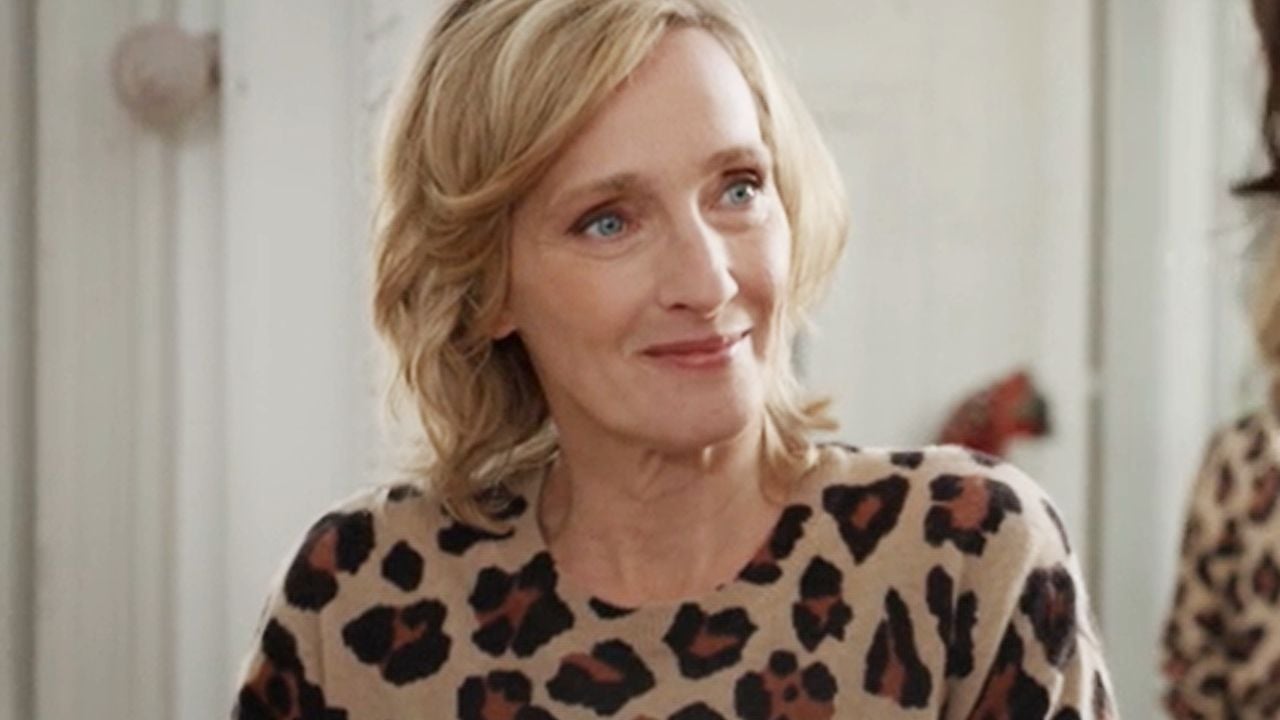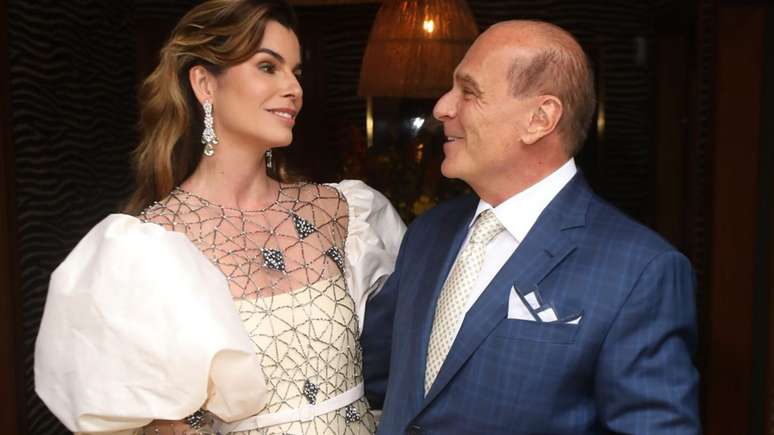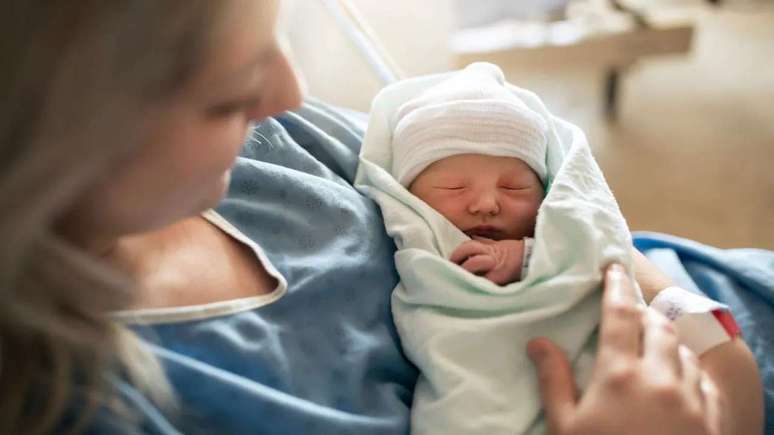The Disney + production claims the figure of the Mirabal, for whose murder the International Day for the Elimination of Violence against Women is commemorated.
Every November 25, the International Day for the Elimination of Violence against Women is commemorated, firstly proposed by the Latin American feminist movement and then by the UN. That day, in 1960, the murder of the Mirabal, Minerva, Patria and María Teresa sisters, political activists, by order of the dictator Rafael Leónidas Trujillo in the Dominican Republic. Now his story comes to the screen in the form of a television series, ‘The cry of the butterflies’ (which we must add to the best current series on Disney +). This show follows the story of Minerva (played by Sandy Hernández, a Dominican actress living in Los Angeles) and Arantxa (Susana Abaitua, ‘Patria’), face and cross of the survival of women during the regime.
“It’s a period drama that tells that episode that marked the end of the sisters’ lives,” Sandy tells us, “but it’s also the story of these two women on both sides of the regime; from Minerva against it and from Arantxa who allows herself to be involved, although she does not necessarily agree. The series shows us his points of view within the dictatorship”. Susana adds: “We are located in the Dominican Republic between the 1930s and the 1960s, to tell the story of this heroine who is Minerva Mirabal and, later, that of a fictional character who represents many women who went through Trujillo’s lovers. So, tells the story of the friendship of these two women in the midst of that horrible regimeshowing both in the Trujillo world and that of the Mirabal until they create the political party”.
A Dominican icon, little known in Spain

The two actresses, who do a formidable job bringing these women to life, say that their relationship with history before making the series was very different. “It is a story that we are taught from school. The sisters are an icon, highly respected in the Dominican Republic”, comments the Latin actress, “I was very excited when I got to play Minerva. I didn’t start out auditioning for her, but then I did. And then meet her, prepare… The truth is that it was intense. I always say that Minerva and I lived in a lawsuit in my head. Because, sure, I do understand her cause and her struggle and what she was getting herself into, but sometimes I think: how stubborn! ”, she jokes. “Her ideals of her and her fight were bigger than anything she could. And we already know what the outcome was.”
For the Spanish interpreter, as will happen to many viewers here, the Mirabals were unknown historical figures: “It’s a shame because In Europe, this story is not well known, which is why the series is so important.. It is known that the Day for the Elimination of Violence against Women exists, but not where it comes from. I found out about the story of the Mirabals as a result of the project. Then I read ‘La fiesta del chivo’, I was researching, I talked a lot with the scriptwriter, with Sandy and the girls… I have the feeling that the series should be put in schools”.
To complement the story of Minerva Mirabal, the character of Arantxa was created, about which Susana Abaitua explains: “In ‘Patria’ it happened to me that I judged my character a lot when I read it. I don’t know if it’s because five years have passed and feminism and sorority have advanced, but I understood Arantxa from the beginning. She is a woman who saw her wife murdered in front of her during the Franco dictatorship, she goes into exile in the Dominican Republic and associates politics with that death; she doesn’t want to know anything about politics and she wants to dance. I don’t think she’s naive who doesn’t know what she’s getting into but I do think she doesn’t want to look. She is a survivor who knows how the world works. We are talking about a time when the concept “machismo” did not even exist. It was not known what it was, it was normal. That is why I admire Minerva Mirabal so much. She was an advanced, that she began to study law. But on the other hand, there is a moment when Arantxa tells him: “I didn’t have a plate on the table, I had to survive” and you understand her”.

‘The cry of the butterflies’, a necessary series to learn from the past
“We are still telling this story for a reason,” warns Sandy Hernández. “Although we have come a long way in what women mean, her work, what she represents, I think there is still much more to do in terms of equality, being able to make decisions about our bodies and a host of things. It was no coincidence that it will be released on Women’s Day [se lanzó el 8-M en Disney+]. What I hope with the series is that people continue to reflect on how we can change things. One watches the series and says ‘well, they are things that happened in the 30s or 60s’, but they are things that in 2023 many things are still happening. So it is a call to reflection and change”.
Her partner agrees: “During the filming, when Arantxa was beaten up, a partner told me real stories from the present moment. In Europe we are advancing, in the Dominican Republic progress is being made compared to the Trujillo era, but in many countries women’s faces are being covered again and they cannot even show their ankles. If you watch the entire series, you understand its message, which is to try not to repeat history.. Thanks to women like the Mirabal sisters, we are where we are. That we do not forget and that we continue advancing”.
A long filming that left its mark

For almost five months, Sandy and Susana settled in Colombia, a country that hosted the filming along locations in Bogotá, Barranquilla or Santa Marta, among other places. They met with Spanish, Dominican, Cuban and other Latin American interpreters and, they say, they made a pineapple. “It sounds very typical that we became a family, but it was like that”, recalls Hernández, “Imagine twenty people living in the same hotel for months, then we moved to Bogotá, each one in an apartment, suddenly Luis Alberto called ‘look, I’m cooking, come all over here.’ We made potato omelette, we helped each other to review the lines. It was that dynamic. Everything happened. The parties we gave ourselves… There are many anecdotes that cannot be told”.
A peculiarity of the series is that its directors, Mariano Hueter and Leandro Ipiña, did not divide the work by episodes but by plot, dedicating one to Minerva’s and another to Arantxa’s, although they shared the cinematographer, while Inés París He directed the scenes in Spain with Belén Rueda and Mercedes Sampietro. About her experience on set, Abaitua adds: “It changed all of our lives because of the personal experience. You leave your country, you go to a place where you don’t know anyone… we were all from abroad and we know each other, we live in Colombia. It was a very hard shoot, with a lot of heat, the dances I had to rehearse a lot… but I remain with the love of the people. The return was very hard, everyone was crying, a drama… In five months you have time to get used to it, so we lived in a bubble that was our life. So when we came back we had an emotional hangover.”
Source: Fotogramas
Rose James is a Gossipify movie and series reviewer known for her in-depth analysis and unique perspective on the latest releases. With a background in film studies, she provides engaging and informative reviews, and keeps readers up to date with industry trends and emerging talents.








